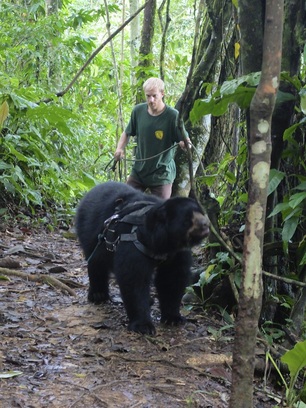 my first day on the ropes
my first day on the ropes Before you slip into your rubber boots and plunge headfirst into the jungle, check out the following survival tips:
Check your common sense at the door
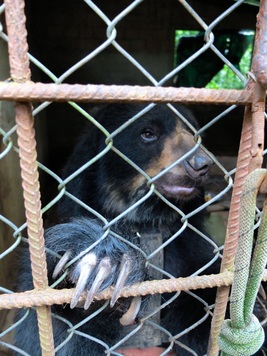 "let me out, I'm HUNGRY!"
"let me out, I'm HUNGRY!" Don't get caught
Some things to keep in mind in order to avoid Balu's rib-crushing bear hug:
1) Keep your distance. Although Balu can outrun you with enough motivation, he’s rather lazy and a bit overweight, and so will only try to catch you if it won't leave him out of breath. Maintain a reasonable distance and you should be safe.
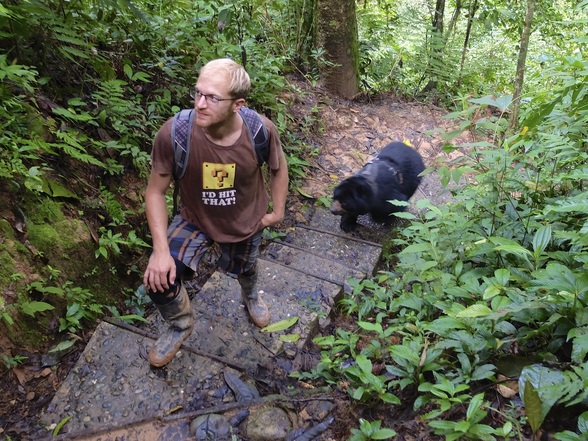
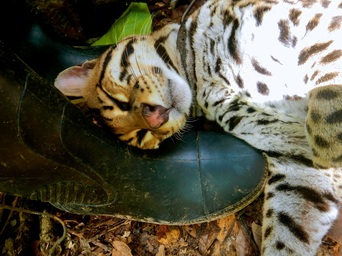
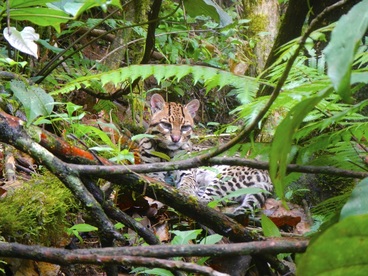
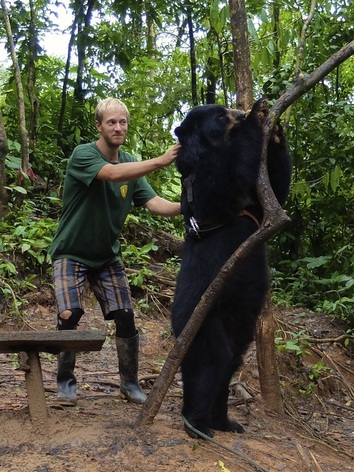
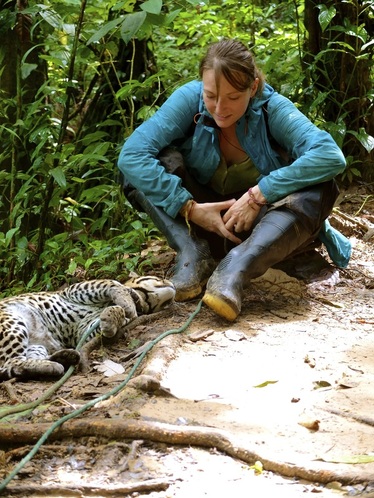

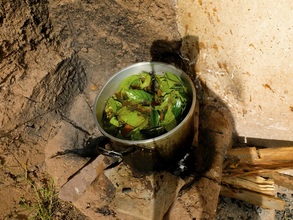
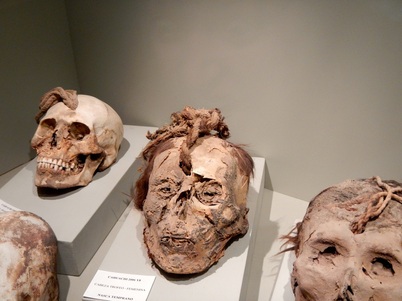
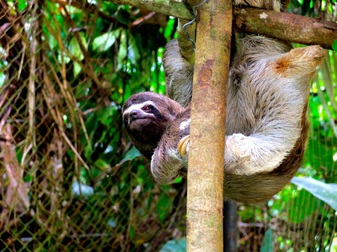
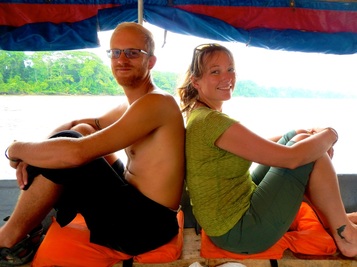
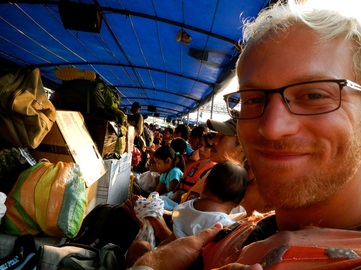
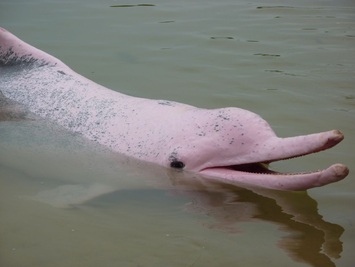


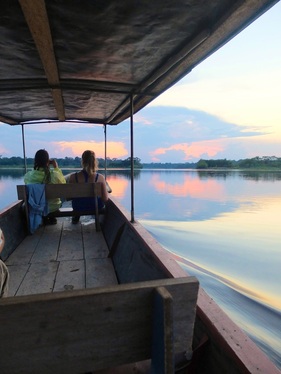
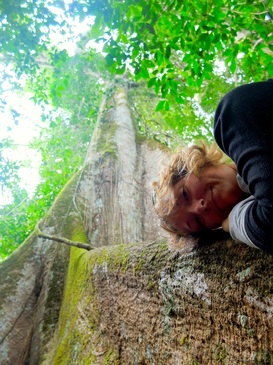

 RSS Feed
RSS Feed